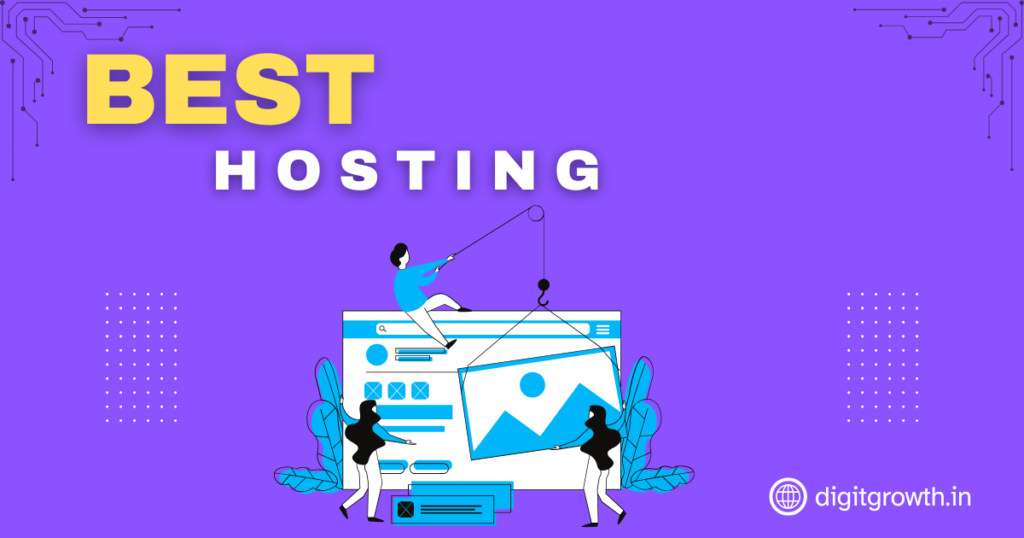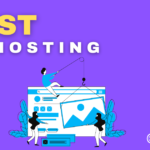Best Ways to Learn WordPress Web Development

WordPress powers over 40% of all websites on the internet, making it an essential skill for web developers and designers. Whether you’re looking to create custom themes, develop plugins, or simply understand how to build a site with WordPress, there are multiple ways to get started and master WordPress web development. Below are the best ways to learn WordPress web development, whether you’re a beginner or an experienced developer looking to expand your skills.
1. Start with the Basics: Understand WordPress’s Core Features
Before diving into web development with WordPress, it’s important to get familiar with the basics of the platform. WordPress isn’t just a content management system (CMS)—it’s a powerful tool that can be customized to build anything from blogs to large-scale eCommerce sites.
Steps to Start:
- Create a WordPress Website: The best way to learn is by doing. Set up a local WordPress site or use a hosting provider that offers one-click WordPress installations (like Bluehost, SiteGround, or HostGator).
- Explore the Dashboard: Spend time navigating the WordPress admin dashboard. Get familiar with basic tasks like installing themes and plugins, creating pages and posts, and configuring settings.
- Learn about Themes & Plugins: WordPress themes control the design of a website, and plugins add functionality. You can use free themes and plugins, or you can explore premium options to get a better understanding of what’s possible.
Resources:
- WordPress Codex: WordPress.org Documentation
- Beginner’s Guide to WordPress: WPBeginner
2. Learn HTML, CSS, and Basic PHP
Although WordPress simplifies many aspects of website creation, web developers must have a solid understanding of HTML, CSS, and PHP to truly customize a WordPress site. These languages form the foundation of WordPress web development.
- HTML (HyperText Markup Language): HTML is used for structuring content on the web. A solid understanding of HTML is necessary to customize content and create new elements.
- CSS (Cascading Style Sheets): CSS is used for designing and styling the website. WordPress themes use CSS for layout, typography, and visual styles. Learning how to manipulate CSS can help you tweak existing themes or build your own.
- PHP (Hypertext Preprocessor): WordPress is built on PHP. PHP is a server-side language that allows you to create dynamic content. Understanding PHP will help you build custom themes, plugins, and troubleshoot any issues that arise.
Resources:
- FreeCodeCamp: HTML and CSS Guide
- Codecademy: PHP Basics
- W3Schools: PHP Tutorial
3. Master WordPress Themes Development
Themes control the design and layout of a WordPress site. As a WordPress developer, understanding how to develop custom themes is essential. This includes learning how to create child themes, understand the WordPress loop, and customize templates to suit your needs.
Steps to Start:
- Understand WordPress Theme Structure: Learn about the files that make up a WordPress theme, including
index.php,style.css,functions.php,header.php, andfooter.php. - Create a Child Theme: A child theme is a theme that inherits the functionality of a parent theme, but allows you to make customizations without affecting the original code.
- Learn the WordPress Template Hierarchy: WordPress uses a template hierarchy to decide which template file to load. Knowing the template hierarchy can help you identify which files to modify when creating a custom theme.
Resources:
- Theming Handbook – WordPress Developer Documentation
- Tuts+ WordPress Theme Development Course
- Udemy: WordPress Theme Development from Scratch
4. Learn Plugin Development
Plugins are essential for adding functionality to WordPress websites. Learning how to create custom plugins allows you to extend the platform to suit your clients’ or personal needs.
Steps to Start:
- Understand Plugin Architecture: Familiarize yourself with how WordPress plugins are structured. Learn how plugins use hooks, actions, and filters to interact with the WordPress core.
- Create Simple Plugins: Start with basic functionality, like adding a custom post type or a shortcode. This will help you understand how WordPress plugins work.
- Learn about the Plugin API: WordPress provides a Plugin API that helps developers interact with WordPress through hooks and filters.
Resources:
- Plugin Developer Handbook – WordPress Developer Documentation
- Udemy: WordPress Plugin Development Course
- Tuts+ WordPress Plugin Development
5. Use Online Tutorials and Courses
There are plenty of free and paid tutorials that can guide you through the process of learning WordPress development. Structured online courses provide a clear path for learning the platform’s full potential.
Platforms to Explore:
- Udemy: Offers a wide range of WordPress development courses for beginners to advanced users. Some popular courses include “Become a WordPress Developer: Unlocking Power with Code” and “Master WordPress Development”.
- Coursera: Offers more academic-focused courses, including those that dive into the web development principles behind WordPress.
- Treehouse: A well-known online learning platform with courses on WordPress theme and plugin development, aimed at beginners.
- LinkedIn Learning: Has several professional courses on WordPress development.
Recommended Courses:
6. Participate in WordPress Communities
Joining a WordPress community can help you connect with other developers, stay updated with the latest trends, and get help when you run into challenges. Communities can also help you improve your skills by learning from others.
Ways to Engage:
- WordPress.org Support Forums: Engage with the WordPress community on the official forums to ask questions and share knowledge.
- Meetups & WordCamps: Attend WordPress meetups and WordCamp events to network with developers and designers in the community. Many cities have local meetups, and WordCamp events happen all over the world.
- Reddit: Participate in WordPress-related subreddits like r/Wordpress to ask questions, share knowledge, and stay informed.
7. Build Real-World Projects
The best way to solidify your learning is to build real-world projects. By working on actual websites, you’ll encounter practical challenges and discover how to apply the skills you’ve learned in real situations.
Project Ideas:
- Create a Personal Portfolio Website: Build a custom WordPress theme to showcase your skills and projects.
- Build an eCommerce Store: Use WooCommerce, a WordPress plugin, to create an online store, which will teach you about product management, payments, and integrating various features.
- Develop a Blog: Create a blog with custom design elements, custom post types, and interactive features.
8. Experiment with WordPress Development Tools
As you become more comfortable with WordPress development, using tools like local development environments (e.g., XAMPP, MAMP, Local by Flywheel) and version control systems (e.g., Git) can help streamline your development process.
Tools to Use:
- Local Development Environments: Tools like Local by Flywheel or XAMPP allow you to set up WordPress on your local machine for development and testing.
- Version Control: Learn Git to track changes to your code and collaborate with others.
- Theme and Plugin Frameworks: Use frameworks like Underscores for creating themes or CMB2 for building custom meta boxes and fields.
Conclusion: Learning WordPress Web Development
WordPress web development offers a vast range of possibilities, whether you’re building custom themes, developing plugins, or maintaining sites for clients. The key to mastering WordPress development is to start with the basics, continually learn new skills, and apply them by working on real-world projects. By leveraging the right resources, engaging with the community, and staying updated with new developments, you’ll be able to build powerful, scalable WordPress websites that meet any business need.
Remember, the learning process is ongoing, so take your time, experiment, and enjoy the journey of becoming a skilled WordPress developer!










